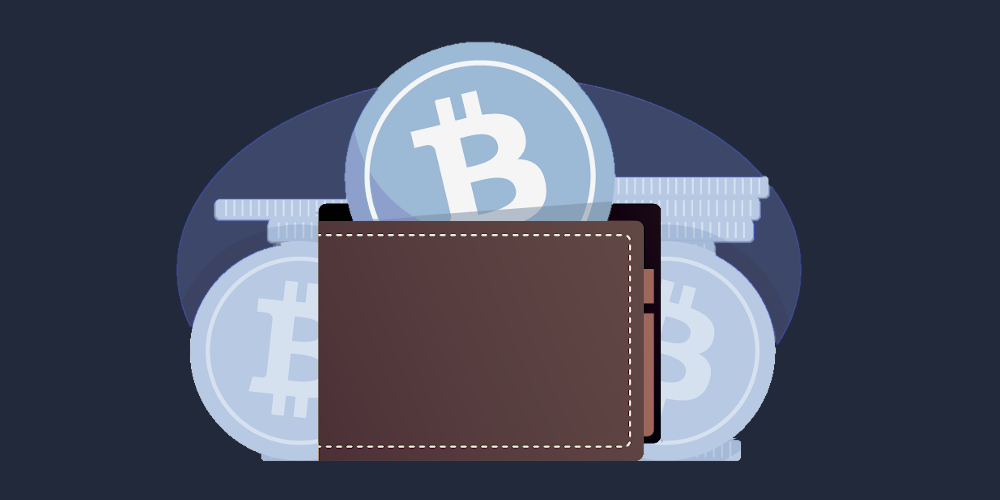All crypto-currency transactions are recorded on the distributed digital ledger (blockchain). On the blockchain, each block is identifiable by its digital signature called “hash”. Similarly, each member on the blockchain network is uniquely identifiable by their unique identifier.
Identification on the Bitcoin network
In the example of the Bitcoin network, each transaction recorded in the ledger must have information about coin origin and destination, and the exact amount of Bitcoin transferred. Here, “origin” and “destination” are unique network identifiers of the two users who are sending and receiving coins. These network identifiers are usually referred to as “wallets” or “wallet addresses”. There is no concept of a “user account” on the blockchain, nor are you forced to give any personal data to anyone (an exception can be made if you are using exchange’s wallets, you could be required to provide personal information to open an account). One user on a blockchain network can have many unique wallet addresses and use all of them for sending and receiving coins.
A bit of technical background
To make transactions (send and receive coin), the network protocol usually requires you to have a “private-public key pair” configuration. In most cases, this pair of keys is a mathematically-generated pair of extremely large numbers, where a private key uniquely identifies a public key, and a public key corresponds to exactly one private key. It is generally safe to show your public keys to others (i.e. to the blockchain), but your private keys should always be kept in a safe place and only accessible to you. If you give your wallet access credentials (public-private keys) to another person or an online exchange, they will have 100% access to that wallet and know who you are. If you have multiple wallets, and give away access to one of them, you will still have exclusive control over your remaining wallets.

Because all transactions in the ledger are public, a calculation can be made for any wallet address by simply traversing the whole list of blocks in the blockchain, while also adding and subtracting amounts recorded in each block (related to that wallet). The final result would tell us how many coins are available to any particular wallet. Even though all wallet addresses in transaction blocks are public, no personal names or personal data are in the ledger.
Using the blockchain
If you wish to stay completely anonymous on any blockchain network, you need to generate your pair of keys on your own computer, and then use them with your newly generated wallet address to make transactions. This sounds complicated… and it truly is.
Luckily, there are easier ways for end-users to access blockchain networks. Most blockchain organizations provide their own desktop and/or mobile apps that allow you to simply “log in”, while the app manages your private-public key pair in the background.
There are other ways to access the blockchain — for example, online exchange offices. All regulated online exchange offices that support crypto-currencies will create a new wallet for you when you sign up for their user account. They will also manage your access to the blockchain, remotely, from their centralized hub. While this kind of agreement makes you give up your anonymity a bit, it provides easy access to your coin from anywhere, anytime.
Hardware wallets on USB sticks are also an option, but they usually require quite a lot of manual setup.
